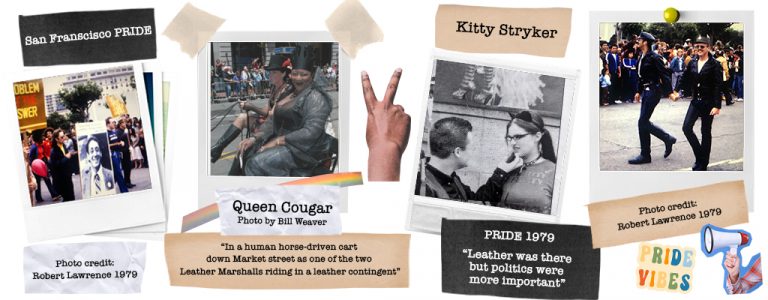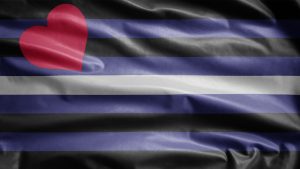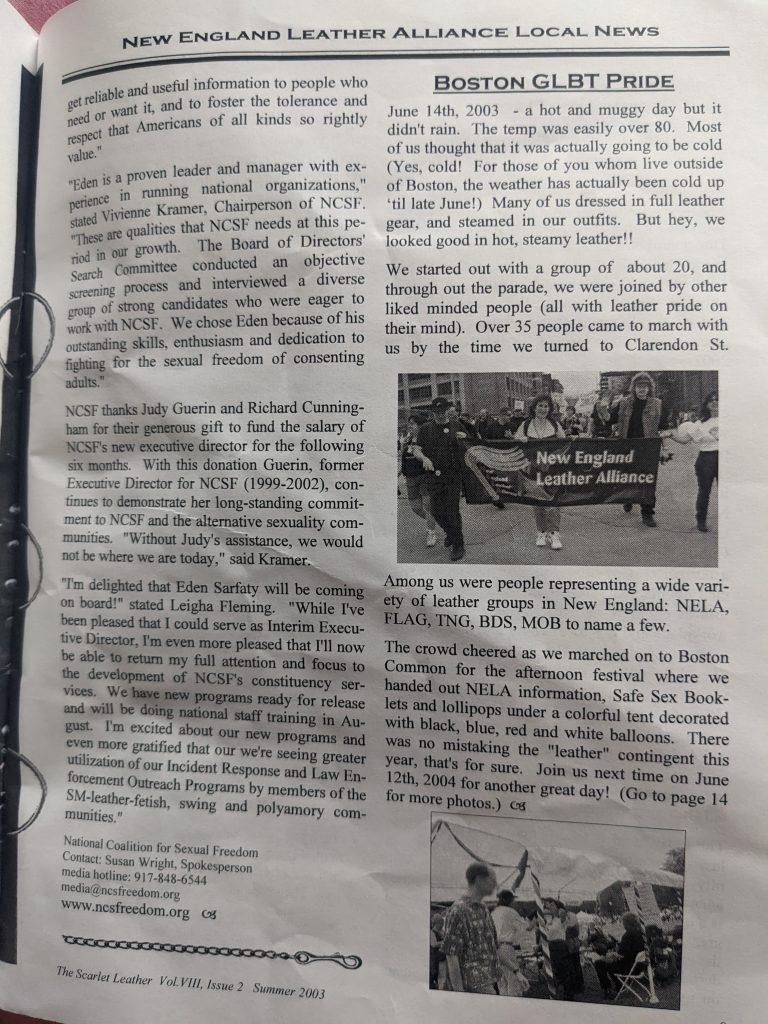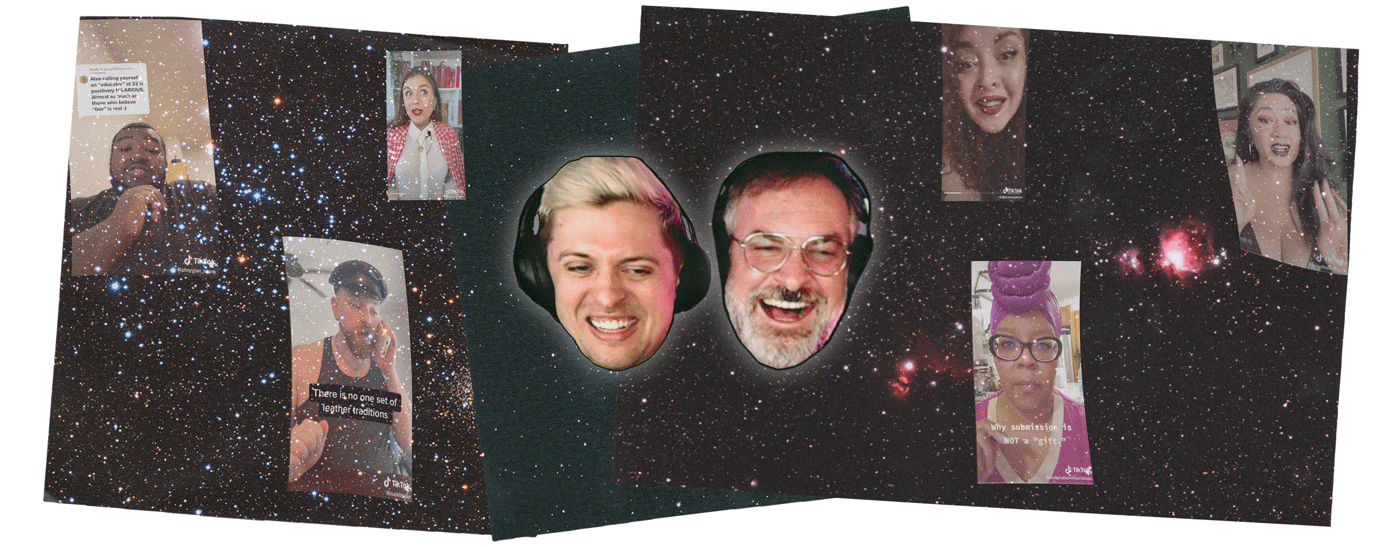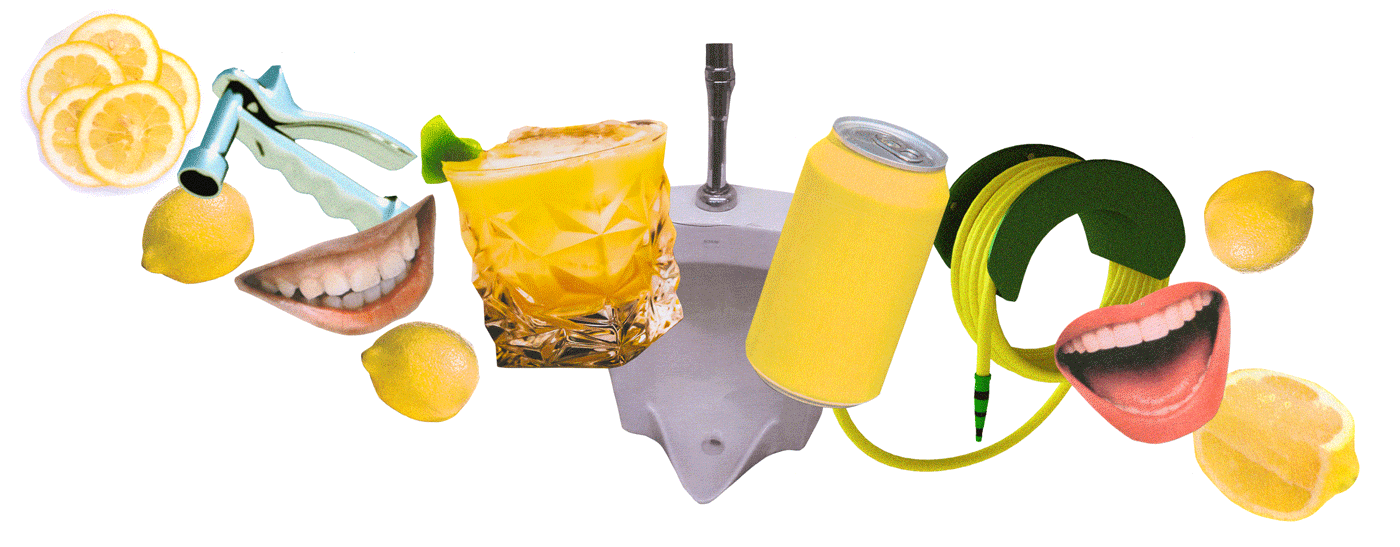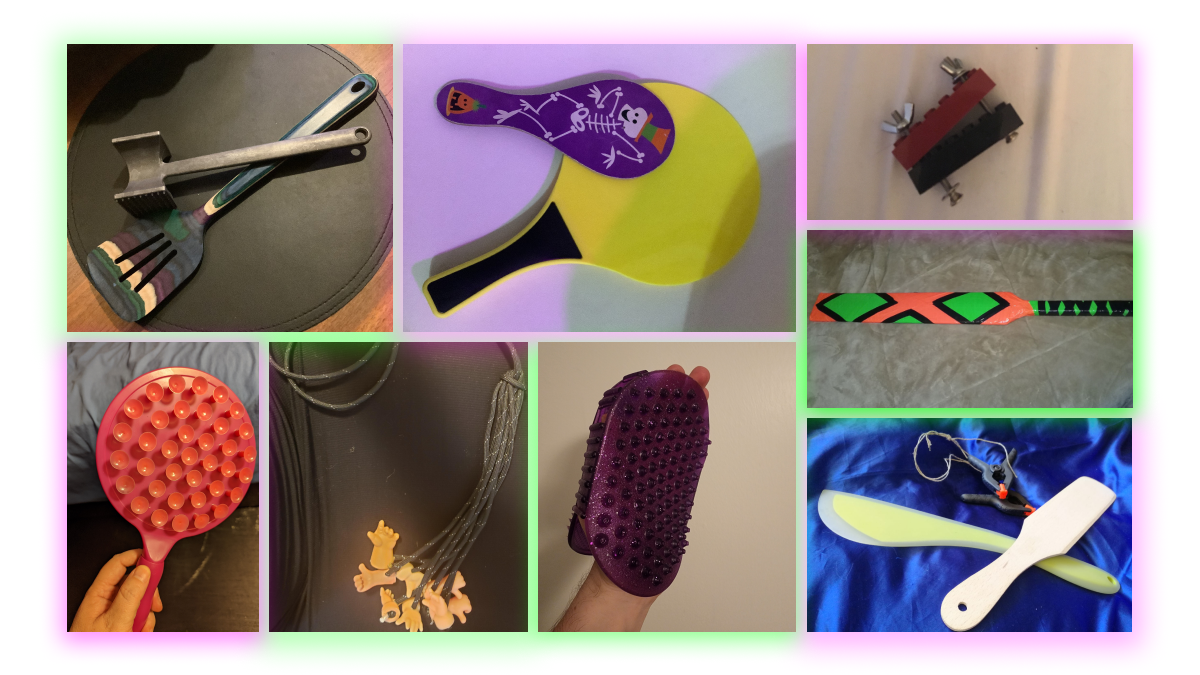
ChatGPT Gets Turned Out By Kinksters: Exploring Generative AI’s Polymorphous Perversity.
Pegging was declared The Fetish of the Year, could prostate milking be next? If the intense, prostate massage-induced, full-body orgasms so many rave about have you curious, this complete prostate play guide has your back (end).

